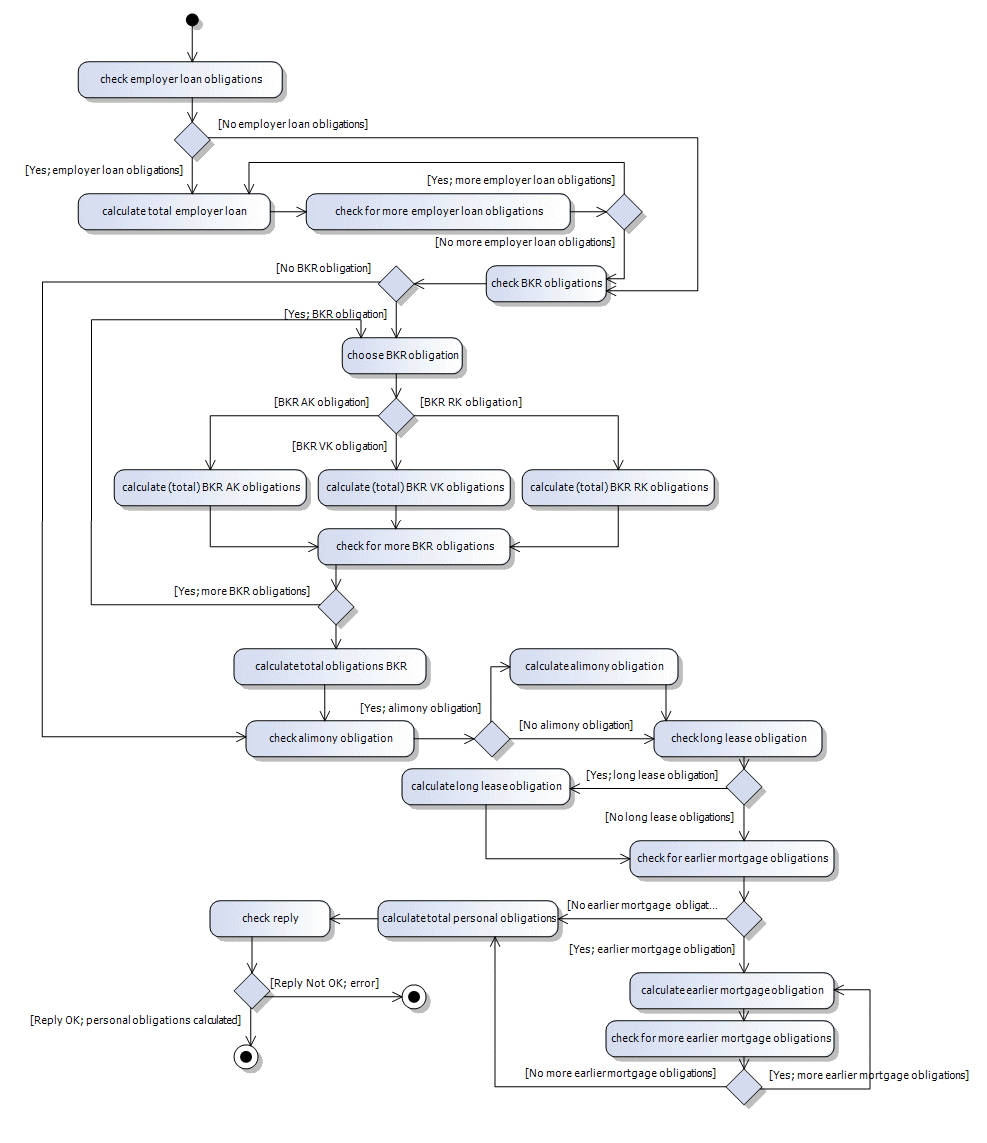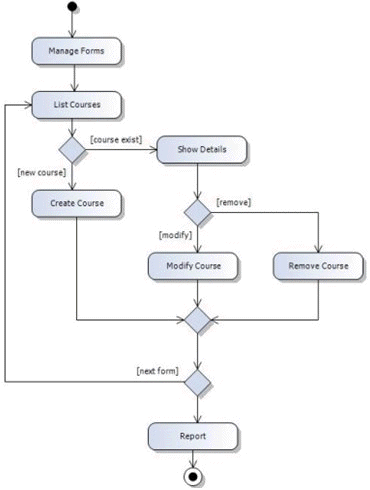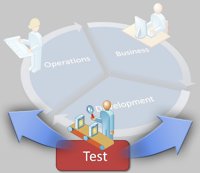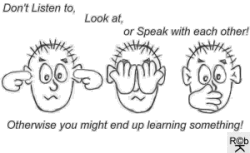Today I read a nice article: "What's In the Box?" by Mary Altman.
This article, about speculative fiction, started with a recognizable explanation of the term "black-box theory":
"The term is typically used to describe a device of which we know or care very little about its inner workings. The entire focus is on its input/output behavior—the result rather than the reasoning."
In the article, also Sociologist Bruno Latour gives a description of the "black-box theory":
"The way scientific and technical work is made invisible by its own success. ... Thus, paradoxically, the more science and technology succeed, the more opaque and obscure they become."
....
Mary ends her article with the conclusion:
"Most simply: it doesn't matter how it works. It only matters that it works."

I know that many colleague testers believe this conclusion is also valid in the software industry. So, when they organize an Acceptance Test, they rely completely on the testing target: "It only matters that it works". From the perspective of the end-user they are probably right....because the end-user is not interested in (and has no knowledge of) the inner workings. So many Acceptance Tests rely on a complete black-box strategy!
I think the test target: "It only matters that it works" is too thin. It gives no answers for: "When it works, will it keep on working?", or "How about vendor dependency?", or "Is this software maintainable?", or "Are there any hidden features?", and so on...
I think an Acceptance Test must, besides the testing "that it works", find assurance that the inner workings are validated. I agree that it should not be tested in the Acceptance Test, but still it MATTER HOW IT WORKS!!!
So how can we find assurance that it is tested? Is it possible for the software industry to give the Acceptance Test team the assurance the inner workings are validated and correct?
On these questions I am convinced that the testing community can help the developers. I believe, much effort is already done in delivering software of good quality.
But those efforts are hidden and not tuned into an efficient and effective process. Again: I think the testers can help! When testers and developers join together in describing all the quality measures (they already perform), it will be clear if enough measures are taken and/or what additional actions are needed. Chapter 7 of TMap® Next (Development Tests) gives for this inventory a small, but effective model.
Combined with the quality measures of the requirements and design processes, this gives the Acceptance Test team the opportunity to get a "glass-box" impression how the inner workings are validated.
The glass-box effect gives also the possibility for implementing learning cycles. Implementing the "Basic Quality model" makes it possible to investigate the origin of defects, learn from it and help each other to do it better the next time!....I know...that's a little too optimistic...
So let's do it step by step: Creating a kind of glass-box by giving the Acceptance Testers the possibility to be a virtual witness of the development process would be a great first step!

pictures: www.vuurwerkboer.nl
This article, about speculative fiction, started with a recognizable explanation of the term "black-box theory":
"The term is typically used to describe a device of which we know or care very little about its inner workings. The entire focus is on its input/output behavior—the result rather than the reasoning."
In the article, also Sociologist Bruno Latour gives a description of the "black-box theory":
"The way scientific and technical work is made invisible by its own success. ... Thus, paradoxically, the more science and technology succeed, the more opaque and obscure they become."
Mary ends her article with the conclusion:
"Most simply: it doesn't matter how it works. It only matters that it works."

...and what about the "black-box theory" in the software industry?
I know that many colleague testers believe this conclusion is also valid in the software industry. So, when they organize an Acceptance Test, they rely completely on the testing target: "It only matters that it works". From the perspective of the end-user they are probably right....because the end-user is not interested in (and has no knowledge of) the inner workings. So many Acceptance Tests rely on a complete black-box strategy!
I’m not one of them!
I think the test target: "It only matters that it works" is too thin. It gives no answers for: "When it works, will it keep on working?", or "How about vendor dependency?", or "Is this software maintainable?", or "Are there any hidden features?", and so on...
I think an Acceptance Test must, besides the testing "that it works", find assurance that the inner workings are validated. I agree that it should not be tested in the Acceptance Test, but still it MATTER HOW IT WORKS!!!
So how can we find assurance that it is tested? Is it possible for the software industry to give the Acceptance Test team the assurance the inner workings are validated and correct?
On these questions I am convinced that the testing community can help the developers. I believe, much effort is already done in delivering software of good quality.
But those efforts are hidden and not tuned into an efficient and effective process. Again: I think the testers can help! When testers and developers join together in describing all the quality measures (they already perform), it will be clear if enough measures are taken and/or what additional actions are needed. Chapter 7 of TMap® Next (Development Tests) gives for this inventory a small, but effective model.
The so called "Basic Quality model" describes the quality measures from four points of view:Together, developers and testers can fill in these four points of view.
- Depth of test coverage;
- Clarity (description how and when the test coverage is reached);
- Provision of proof (what deliverables give proof of the agreed test coverage);
- Compliance monitoring (how does the development process perform its internal monitoring).
Combined with the quality measures of the requirements and design processes, this gives the Acceptance Test team the opportunity to get a "glass-box" impression how the inner workings are validated.
The glass-box effect gives also the possibility for implementing learning cycles. Implementing the "Basic Quality model" makes it possible to investigate the origin of defects, learn from it and help each other to do it better the next time!....I know...that's a little too optimistic...
So let's do it step by step: Creating a kind of glass-box by giving the Acceptance Testers the possibility to be a virtual witness of the development process would be a great first step!

pictures: www.vuurwerkboer.nl




 ( 3 / 2328 )
( 3 / 2328 )






 Calendar
Calendar





